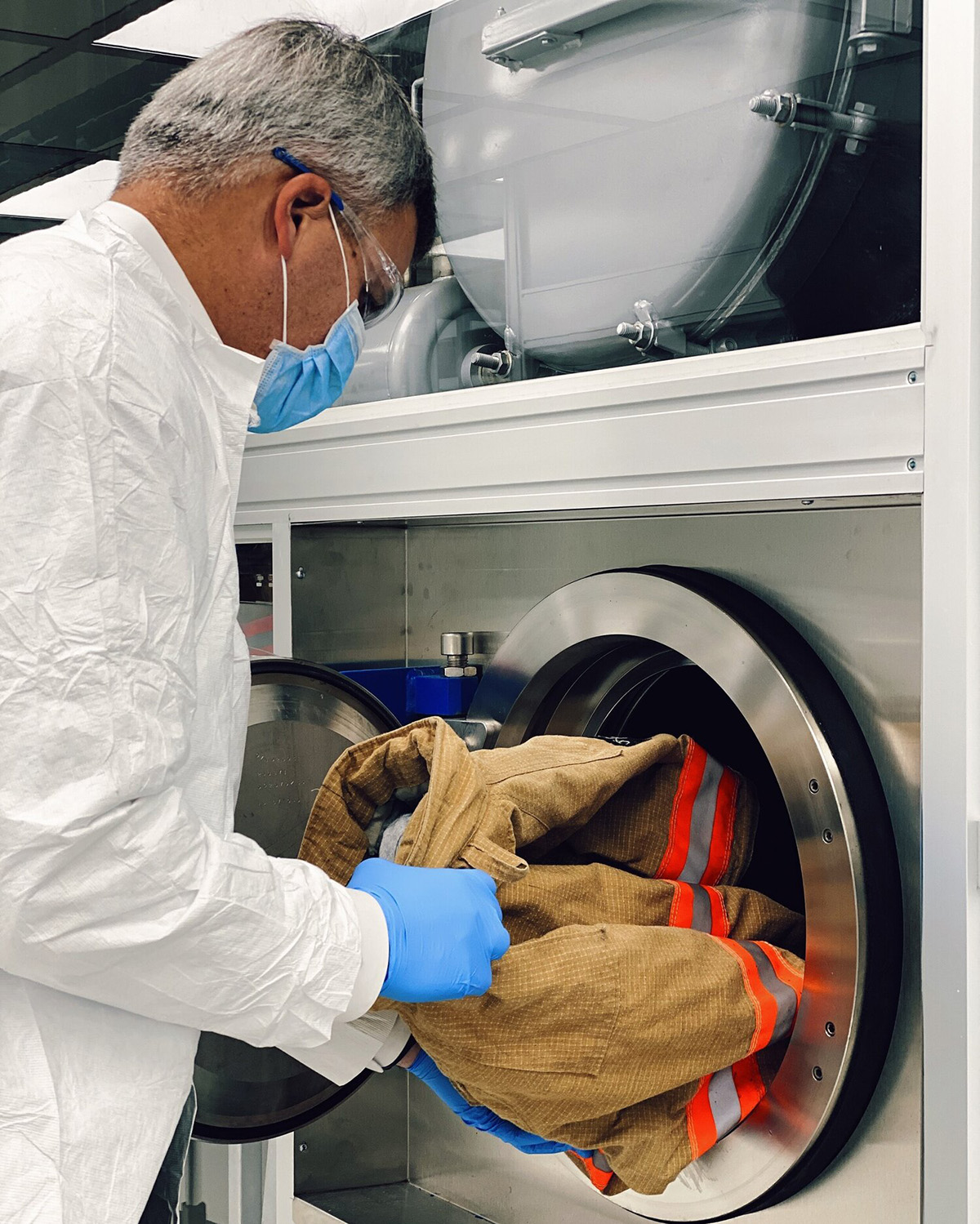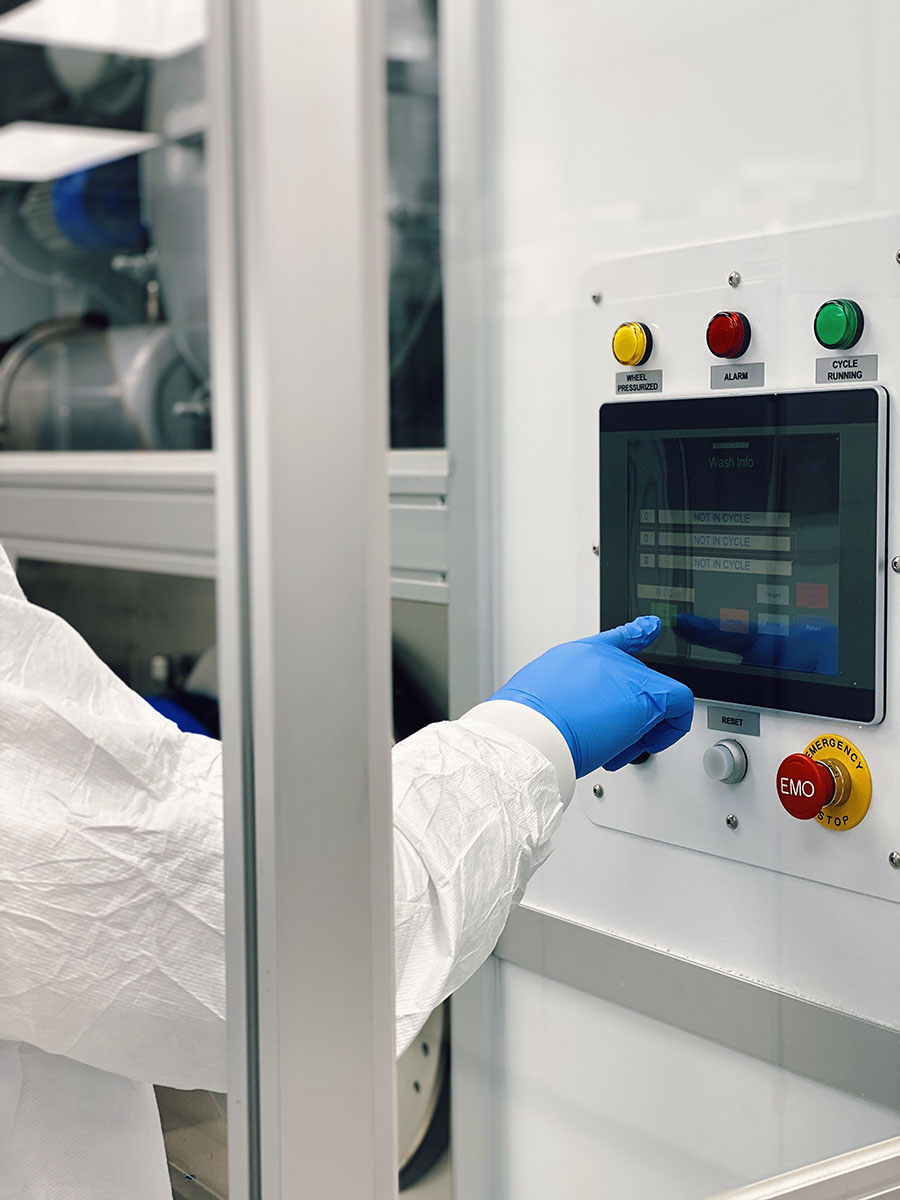By: Emergency Technical Decon Team
Fire departments nationwide are under growing pressure to protect firefighter health while adapting to updated regulations around toxic exposure. One of the most urgent needs today is effective gear decontamination, especially as PFAS have been classified as hazardous substances under CERCLA.
Fortunately, there are federal grants available to help departments invest in advanced solutions like a Liquid CO2+ decontamination system. Emergency Technical Decon (ETD) is here to support departments in navigating this process.
Why Now Is the Right Time
Cancer has become the leading cause of death among firefighters, with PFAS exposure playing a significant role. According to recent studies, ETD’s Liquid CO2+ system removes up to 84% of PFAS, 99.9% of SVOCs, and 99.8% of heavy metals, without creating hazardous wastewater or compromising gear performance.
As federal agencies focus more funding on firefighter health and environmental safety, departments have a unique opportunity to secure resources for better decontamination.
Step 1: Know Which Grants to Target
Start by reviewing the most applicable federal grant programs for fire departments:
- FEMA’s Assistance to Firefighters Grant (AFG) Program
Supports equipment that enhances firefighter health and safety. Liquid CO2+ systems qualify under PPE and cancer prevention initiatives. - Staffing for Adequate Fire and Emergency Response (SAFER) Grants
While SAFER primarily funds staffing, components related to firefighter safety may be applicable. - Fire Prevention and Safety (FP&S) Grants
Focused on reducing injury and death, FP&S may fund department-wide decontamination strategies.
Step 2: Build a Strong Case
Whether you’re applying for federal, state, or local funding, your application should demonstrate:
- Documented cancer risk: Reference credible data, such as the NIOSH study showing firefighters have a 9% higher cancer diagnosis rate and 14% higher cancer-related mortality.
- Gear contamination explanation: Describe how PFAS and other toxins embed in gear and how heat and repeated exposure accelerate risk.
- Current gaps: Point to outdated extractors or lack of capacity to clean gloves, hoods, base layers, and other gear components.
- Solution fit: Highlight how ETD’s system aligns with NFPA standards, offers superior contaminant removal, and eliminates wastewater discharge.
Step 3: Partner with ETD Early
ETD can provide the technical specifications, testing data, cost information, and supporting documents needed for your application. We’ve assisted departments nationwide and understand how to tailor your proposal for maximum impact.
We can also help tailor the proposal to fit within eligible AFG categories, provide sample narratives, and even assist with cost-benefit analysis comparing extractor systems to ETD’s Liquid CO2+ model.
Step 4: Consider Regional or Shared Grants
Smaller departments may benefit from applying as part of a regional or countywide application. ETD systems can serve multiple departments through shared service agreements, helping justify cost and community-wide impact.
Step 5: Track Timelines and Prepare in Advance
FEMA grant cycles often open in the first quarter of each year, with prep starting in the months prior. Review past application cycles to anticipate deadlines, and begin assembling your internal justification now, so you’re ready when the grant portal opens.
Funding Clean Gear Is Funding Firefighter Health
A Liquid CO2+ decontamination system is more than an equipment upgrade; it’s a long-term investment in firefighter safety, operational sustainability, and environmental responsibility.
ETD is here to help you navigate the grant process with confidence. If your department is exploring funding options for advanced gear decontamination, contact us to get started. We’ll provide data, documentation, and support every step of the way.
Reach out to ETD today to begin building your grant application.



